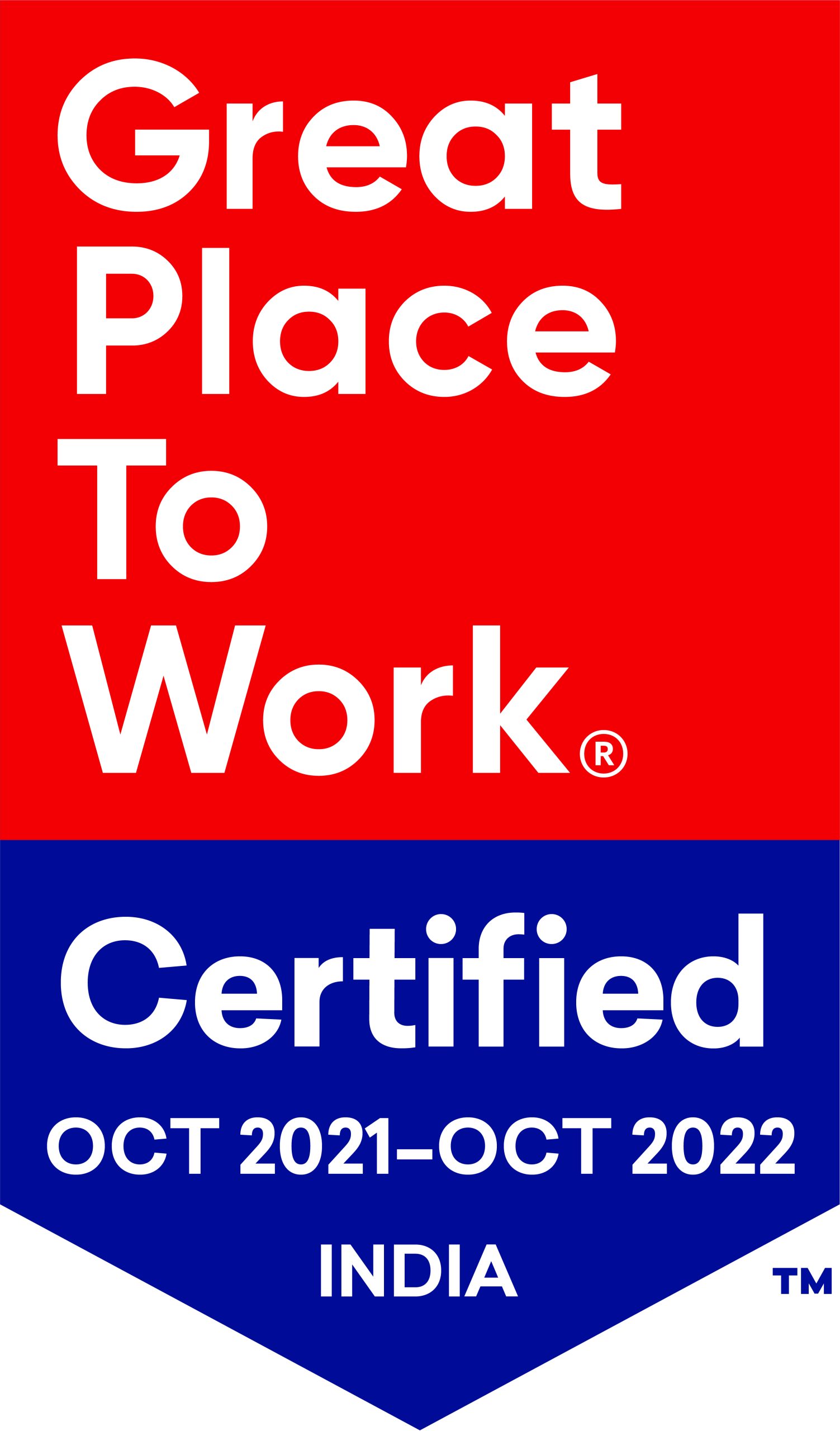Silent Pandemic
India reports its first AIDS case. It begins from here. India detected two cases of HIV in Chennai and Mumbai amongst women sex workers.
The Indian Government established a national AIDS committee under the health ministry to formulate strategy for responding to HIV/AIDS cases in the country.
India saw an exponential increase in the spread of HIV.
Red Ribbon became an international symbol of solidarity and support for people living with HIV. Wearing a red ribbon is a simple yet powerful way to challenge the stigma surrounding HIV/AIDS.
National AIDS Control Organisation (NACO) was established along with 32 States AIDS Control Societies. National AIDS Research Institute (NARI) established.
India HIV/AIDS Alliance (Alliance India) was formed to accelerate HIV response.
HIV gains media attention in a positive way. Prevention of mother-to-child transmission programme introduced.
Free Antiretroviral Treatment in India.
First Transgender Mapping: India begins to understand the transgender population as they are one of the key populations at higher risk of HIV
Demand for appropriate services for the vulnerable population, not limiting to HIV prevention and treatment.
The landmark decision by the Supreme Court of India to recognise transgender people as third gender, affirmed their fundamental rights under the constitution of India.
India became fast track country. Incidences of HIV reduced by 57% – India considered a success story.
The global 90:90:90 strategy adopted by the Government of India.
Helpful Links
- Made by Nicdark - Copyright 2020
- donations@ong.com
- volunteers@ong.com
- contact@ong.com
India HIV/AIDS Alliance (Alliance India)
A not-for-profit Section 8 Company with Registration No: U85310DL1999NPL098570
Contact
-
6, Community Centre
Zamrudpur Kailash Colony Extension
New Delhi – 110048 - +91-11-4536-7700
Download
©2021 All Rights Reserved by Alliance India


